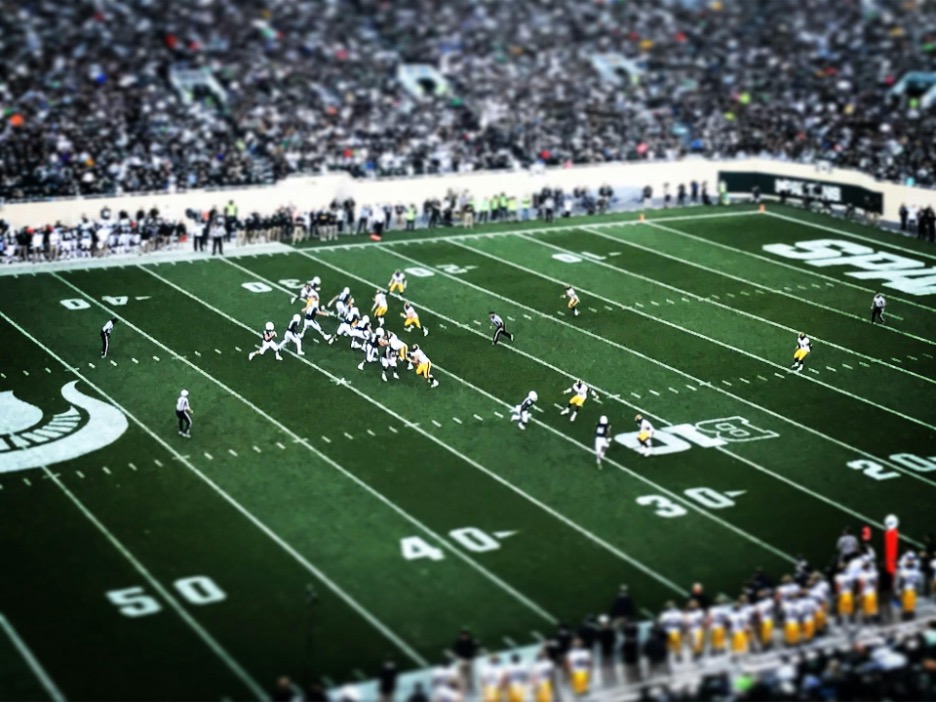
Fantasy football is more than just a game—it’s a blend of strategy, knowledge, and a bit of luck. The margin between winning and losing often comes down to how well you analyze NFL scores and other key metrics. If you’re serious about dominating your fantasy league, you need to move beyond anecdotes and gut feelings. Instead, rely on data-driven insights for a competitive edge.
The Shift to Data-Driven Fantasy Football
The conversation in fantasy football has shifted from gut instincts and anecdotal evidence to a more data-driven approach. The watershed moment for this transformation was the advent of daily fantasy sports (DFS) in 2015, which introduced a more competitive and lucrative environment.
Daily fantasy has changed the landscape, pushing participants to seek out the most reliable data. Many websites have emerged, providing deeper insights than traditional news blurbs and box scores. These platforms analyze a range of stats, allowing fantasy players to make more informed decisions.
Key Metrics: Usage and Opportunity
When it comes to fantasy football, the biggest thing in the fantasy football community is everything around usage. Usage measures how frequently a player is involved in offensive plays, which directly impacts their fantasy points. But simple participation isn’t enough. The edge in fantasy sports is taking that data and making projections to derive actionable information.
Targets, specifically for wide receivers and tight ends, are one of the most important metrics. A target measures how many times a player is the intended recipient of a pass, providing a clearer picture of their involvement in the game. The quality of these opportunities is also essential. WOPR (Weighted Opportunity Rating) has become a key metric, combining target share and air yard share to predict future performance.
Data Science Tools and Models
Data science has taken fantasy football predictions to the next level. Analysts use tools to sift through years of data, extracting the most relevant stats to build predictive models and algorithms. These models can forecast player performance by considering situational factors often overlooked by traditional stats.
For instance, if a player has had a few low-scoring weeks but high targets, data analysts might predict a bounce-back performance. One common mistake is leaning too heavily on recent performance—known as recency bias. The real value lies in understanding the underlying opportunities, not just the outcomes.
NFL Scores and Las Vegas Odds
One factor often overlooked by casual players is the influence of the odds. Let’s take, for example, the NFL Las Vegas odds. These odds offer insight into expected game scripts, helping you anticipate which teams will score highly and which might struggle. Knowing the anticipated pace and scoring can inform your decisions on which players to start.
For example, games with high over/under totals indicate potential shootouts, favoring offensive players. On the other hand, games with low totals could mean a defensive struggle, possibly limiting offensive production. Keeping an eye on these odds along with scores can provide a more holistic view for better lineup decisions.
Beyond Stats: The Human Element
While data provides a massive advantage, it’s not the end-all-be-all. “A strictly data-driven approach hasn’t totally overtaken the world of fantasy football analysis,” explains one analyst. There’s still room for qualitative factors—like team news, player injuries, and even weather conditions.
Fantasy football veterans understand that data is a tool for decision-making, not the entire solution. It’s about combining hard numbers with human intuition to make the best possible lineup choices.
Conclusion
In fantasy football, the devil is truly in the details. By analyzing NFL scores in conjunction with advanced metrics, you can significantly enhance your fantasy league performance. Embrace the data, understand the context, and never forget the human element in your decision-making process. With these strategies, you’ll be well on your way to becoming a fantasy football champion.
